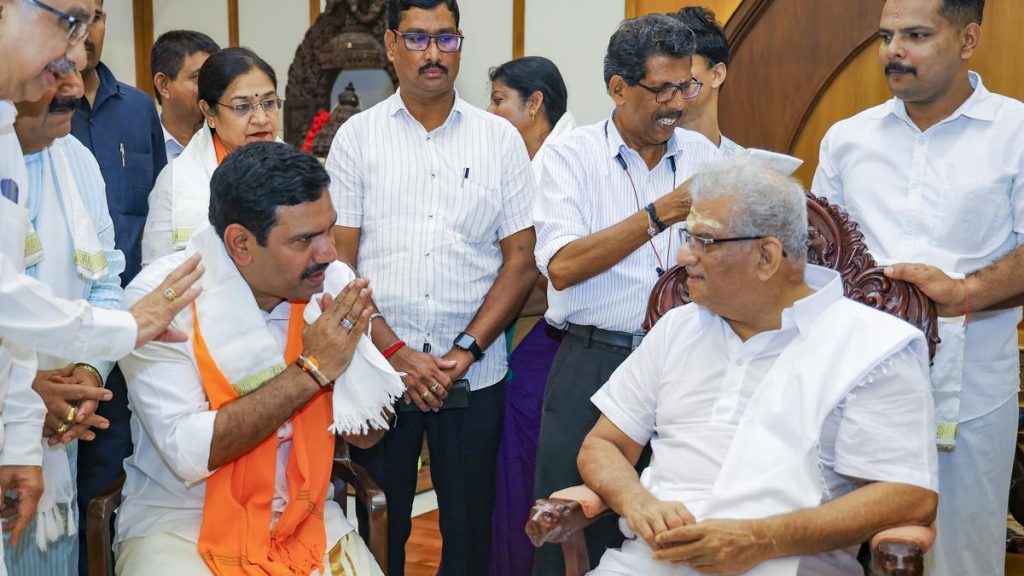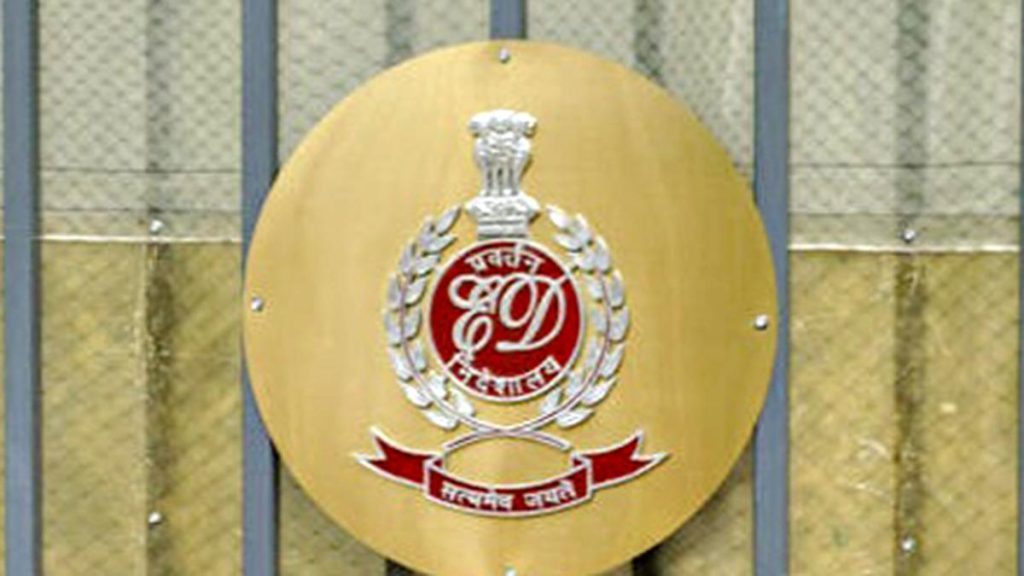Now Reading: Erode Corporation sterilises over 10,000 stray dogs; third phase under way
-
01
Erode Corporation sterilises over 10,000 stray dogs; third phase under way
Erode Corporation sterilises over 10,000 stray dogs; third phase under way
Speedy Summary
- The Erode Corporation has sterilised, vaccinated, and released over 10,000 stray dogs as part of its Animal Birth Control (ABC) programme.
- A GPS-based survey conducted in 2023 estimated the city’s stray dog population at approximately 27,000.
- Article 243 (W) of the Indian Constitution mandates civic bodies to control stray dog populations via sterilisation and anti-rabies vaccination.
- The ABC programme was first introduced in 2010 but faced discontinuation shortly after wiht minimal impact; residents have since urged its resumption due to ongoing concerns about stray dogs.
- In January 2024,NGO Animal Helping Hands was contracted for the programme at Solar’s ABC center. The facility includes two operation theatres and equipped transport vehicles. The NGO charges ₹1,650 per dog for sterilisation and vaccination services.
- Phase one ran from January to November 2024 and covered nearly all planned targets (4,998 dogs at a cost of ₹82.46 lakh). Phase two fully met its target of sterilising another 5,000 dogs at a similar cost of ₹82.50 lakh.
- As of September 1, 2025, a total of 10,403 dogs have been addressed under the programme.Phase three is now underway with ₹82.50 lakh allocated for an additional target of treating another batch of up to 5,000 dogs.
Indian Opinion Analysis
The sustained progress under Erode Corporation’s Animal Birth Control initiative demonstrates an effective response to ongoing issues posed by stray dog populations within urban settings.With more than a decade passing since initial rollout attempts were hindered by poor implementation or discontinuation challenges prior to meaningful public demand for action-this current strategic continuation signals enhanced governance practices aided through modern resources like GPS surveys.
Budgetary allocations appear consistent between phases showing program stability paired importantly alongside neutral-cost figures-per-animal partnership overall ethical humane outcomes both lessening animal-related risks sanitation-max household zones readnote program adoption possible blueprint learnings replicatable scaled-regionally-tier officials adjoining cities safety-problem roadway accidents prevent near-sure future straight projected goals
























